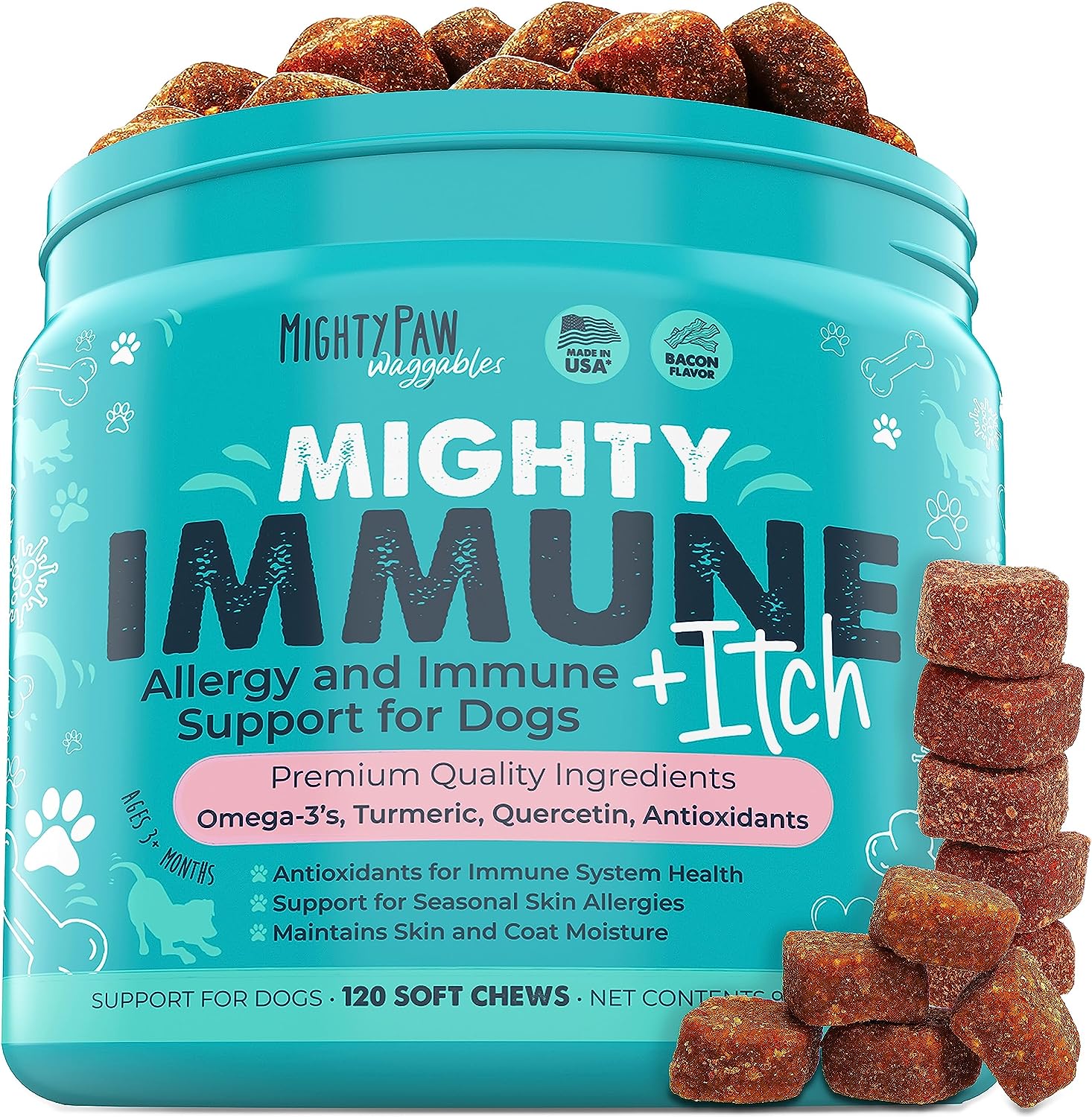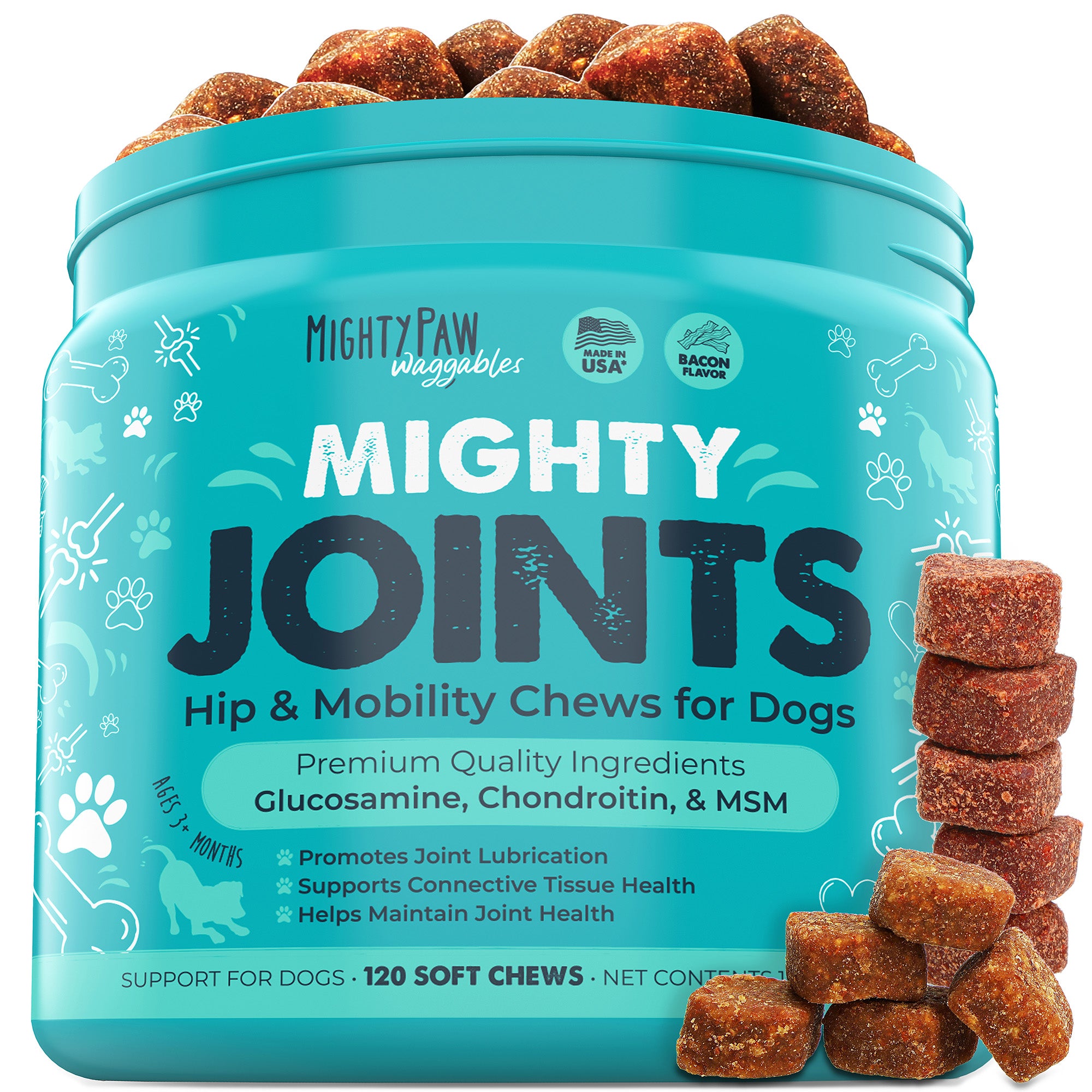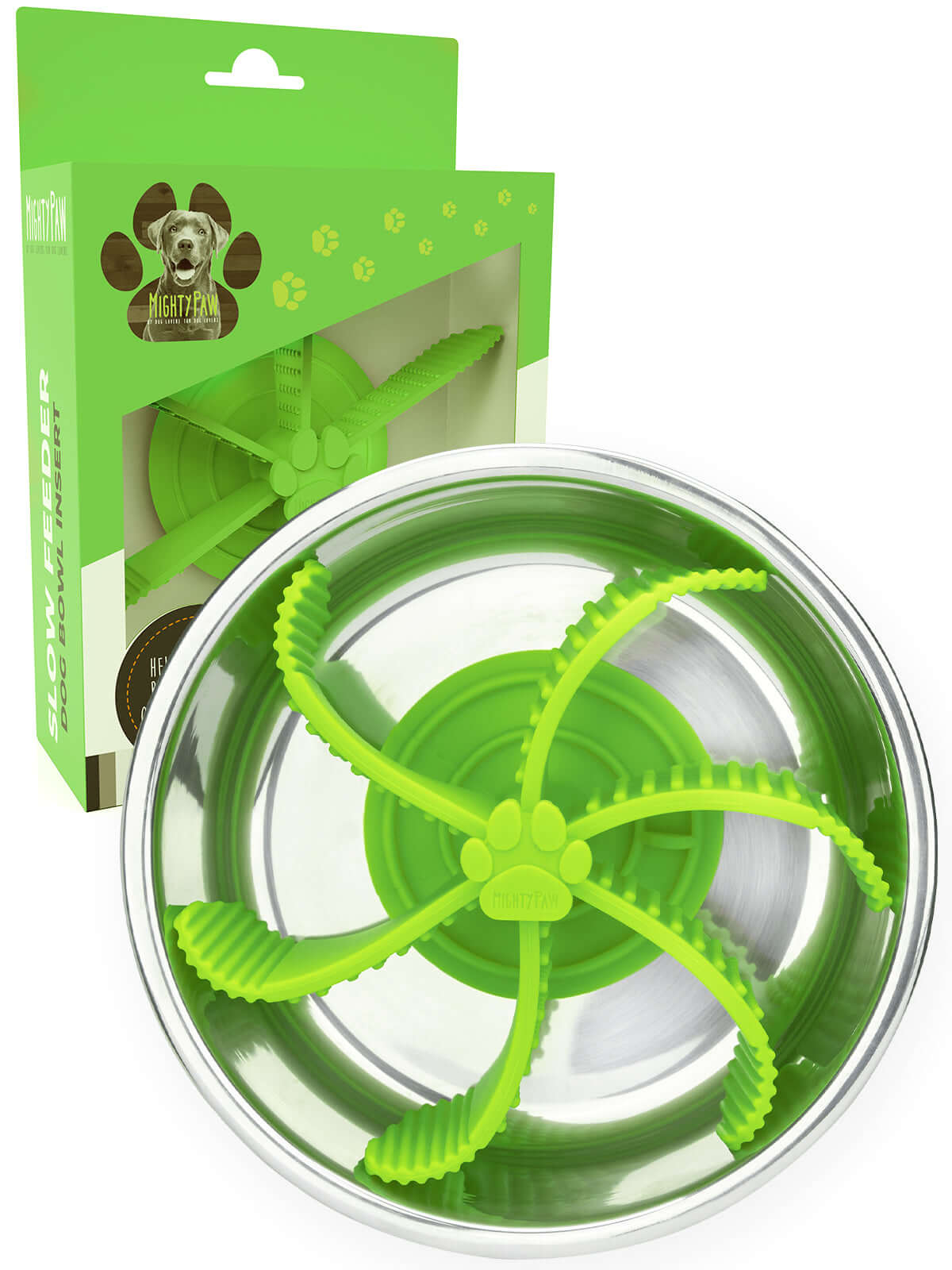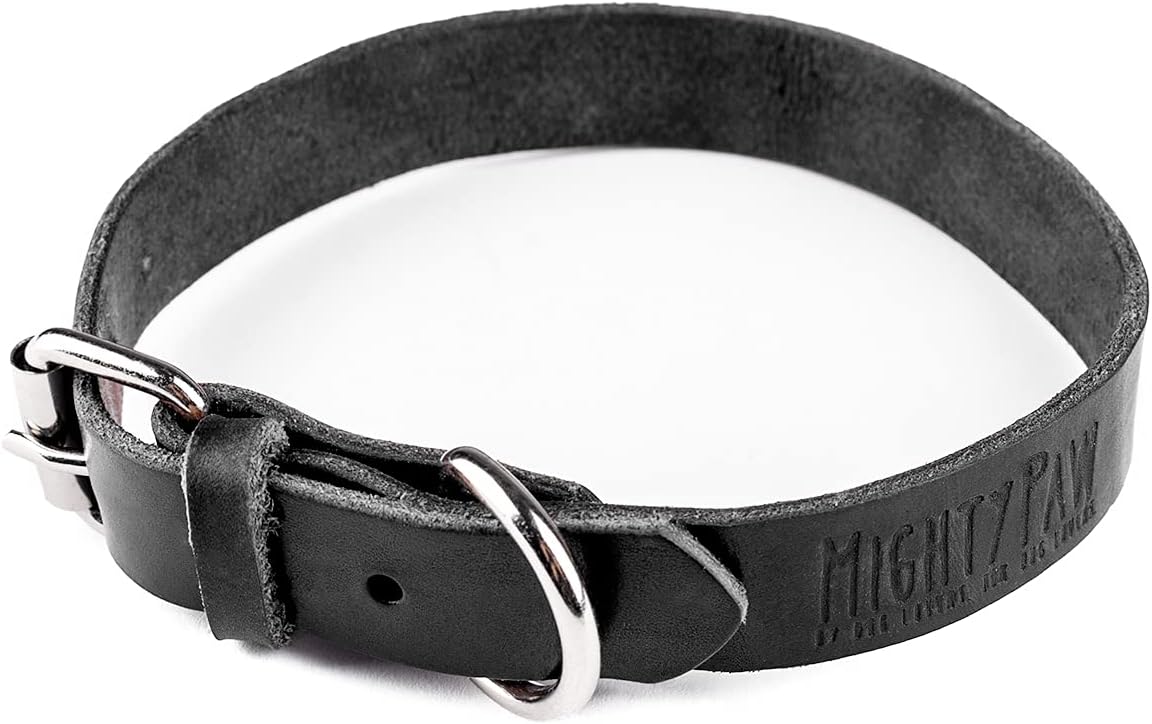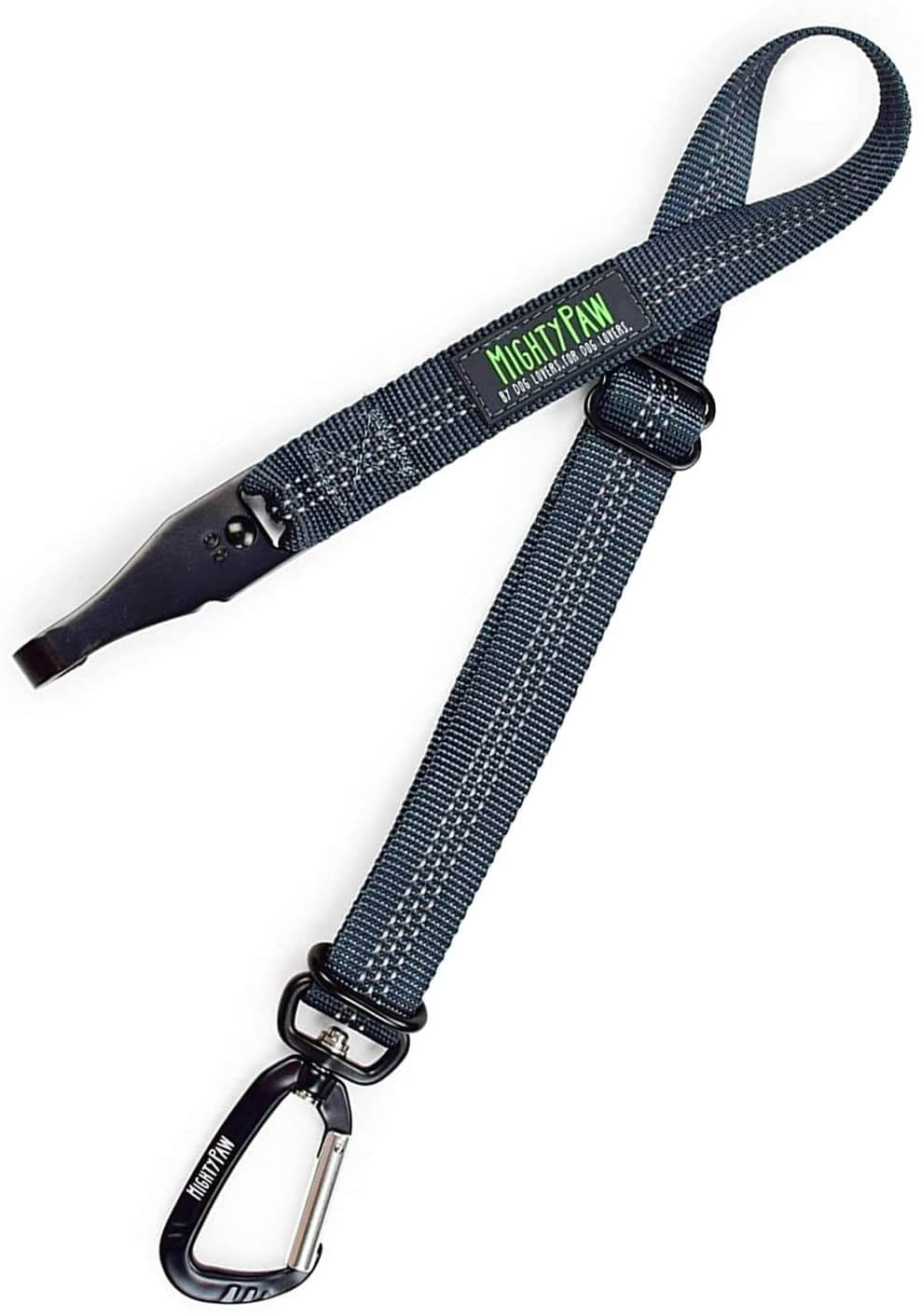Why addressing your dog's tear stains is about feeling better, not just looking better!
For many dog parents, tear stains are an all-too-familiar and frustrating issue. We all want our dogs' beautiful, healthy selves to shine through every single day. Beyond the distracting look of tear stains on our pup's precious faces, they can indicate underlying issues such as allergies or needed supportive nutrients.
Not every concern we have as dog parents about our dogs is as easily visible as those brownish or reddish marks beneath our dogs' eyes. They're especially noticeable in dogs with light fur. For that reason and because they're so common, one of the frequent concerns we hear from dog parents is how to get rid of tear stains on a dog.
It's important to recognize that tear stains on dogs are more than just a visual issue—they may signal health concerns or environmental factors that need to be addressed to help your pup.
Understanding tear stains -- what causes tear stains, how to clean tear stains, and how to prevent tear stains -- is the first step to getting them under control effectively.
Let's jump into how you can help both your dog's health and appearance from causes of tear stains to preventive strategies for keeping tear stains at bay now and for the long term.
What causes tear stains in dogs?
Genetics
Why do some dogs develop tear stains and some don't? Genetics play a significant role in the development of tear stains in dogs. Some dog breeds/mixes with shorter snouts, such as Poodles, Shih Tzus, and Maltese, are often more prone to tear stains due to their facial structure. These types of dogs tend to have shallower eye sockets and often the dog's tear ducts are smaller, which can lead to excessive tearing and the accumulation of tear stains over time.
Individual genetic predispositions can also contribute. For example, some dogs naturally produce more tears, leading to overflow and staining. Understanding your dog's tendencies can help you anticipate and manage tear stains effectively. While genetics can't be changed, they can be managed with the right care and attention.
For all dogs, the reddish/brown tint comes from porphyrins that are naturally occurring organic compounds containing iron and excreted through dogs' tears and saliva. That's why you'll also see your pup's paws and lower legs turn brownish/reddish with excessive licking.
Health issues
Health issues are another key factor in tear stain development. Eye infections, blocked tear ducts, and entropion (a condition where the eyelid rolls inward) can cause excessive tearing, resulting in stains. Addressing these health problems is important for your dog's overall well-being and can significantly reduce tear staining.
Allergies are a common culprit behind tear stains causing irritation that leads to increased tear production. Identifying and managing allergies through dietary adjustments and minimizing exposure to environmental allergens (including household products as well as seasonal) can help reduce tearing.
Environmental irritants and allergens
Tear stains in dogs can be exacerbated by environmental factors outdoors and inside your home. Dust, pollen, and other allergens can irritate your dog's eyes, leading to increased tear production. High humidity levels can also accelerate the problem, as moisture encourages the growth of bacteria that causes staining.
Keeping your dog's environment clean and minimizing exposure to irritants can help combat tear stains. Regular cleaning of your dog's face as well as paws and ensuring your home is free from excess allergens and moisture can make a noticeable difference. Being proactive about your dog's surroundings is a crucial step in managing tear stains effectively.
When it makes sense to get professional help for your dog's tear stains
If your dog is showing other symptoms like redness, swelling, or discharge from the eyes, that could indicate more serious problems requiring medical attention. Early intervention is crucial for preventing potential complications when you see these additional symptoms. It's a good idea to check with your veterinarian who can give your pup a thorough examination to identify any underlying health issues contributing to the stains.

Why addressing tear stains in dogs matters
Managing and eliminating tear stains in dogs goes beyond aesthetics; it's essential for your pup's health and comfort. Excessive tearing can lead to skin irritation, discomfort, and even infection if not properly managed. The constant presence of moisture can make your dog prone to itchiness and irritation, affecting your pup's mood and behavior.
Ignoring tear stains can result in missing more serious underlying health issues. Regular inspection of your dog's eyes and face can help detect early signs of problems, giving you a heads-up for timely intervention.
Being proactive keeps your dog feeling comfortable and reduces the risk of further complications.
How to clean tear stains on dogs
Once we understand the causes behind tear stains, the next question for most of us as dog parents is how to clean them effectively.
The key is to do it regularly:
- Gently cleanse your dog's face, making sure any buildup of bacteria or porphyrins is removed.
- Use a damp cloth: Gently wipe your dog's face with a damp cloth twice daily. Carefully avoid getting too close to your dog's eyes with anything.
- Avoid using harsh products or chemicals near your dog's eyes, since they can cause irritation. To remove tear stains, simply use warm water or a heavily-diluted-with-water, all-natural, gentle shampoo/soap (one that would be appropriate for a baby).
How to reduce tear stains at their root cause

Dietary changes
Changes in your dog's diet can have a significant impact on reducing tear stains. Switching to a high-quality diet with fresh foods that avoids artificial additives, preservatives, and allergens can help minimize excessive tear production. Speak with your vet about recommended dietary changes for your dog based on their specific needs and any underlying health conditions.
Supplements
Depending on the cause of your dog's excessive tearing, supplements may also be beneficial in reducing tear stains. Getting at the root causes of tear stains means fortifying your dog's immune system and eyes with targeted nutrients that support eye health and ward off allergic reactions. That's why we created our Mighty Eyes Chews, all-natural chews that combine the natural efficacy of cranberry, lutein, and eyebright herb extract in a vet-approved formula that helps to reduce tear stains on your dog's face. This blend not only targets the stains but also supports the overall health of your dog's eyes.
Many dog parents have also found success in including supplements like our Probiotic Chews and other natural additions like apple cider vinegar in their dog's meals. These can help balance pH levels and improve digestion and absorption of nutrients that support the immune system and can reduce tear stains. Again, it's a good idea to consult with your veterinarian before making significant changes to your dog's diet to make sure it's nutritionally balanced for your dog's needs.
Proper hygiene
Maintaining proper hygiene is essential in managing and removing tear stains. Regularly cleaning your dog’s face with a damp cloth or pet-safe wipes to help remove dog tear stains reduces the presence of irritants and helps prevent stain buildup. Pay special attention to the area around the eyes, ensuring it's dry and free from debris.
Grooming tips
Grooming is a vital part of preventing and managing tear stains. Regular baths with a gentle, natural dog shampoo can help maintain cleanliness and reduce irritants that contribute to staining. Make sure the shampoo you're using is safe for use around the eyes to avoid further irritation.
Trimming the fur around your dog's eyes can also reduce staining by preventing tears from clinging to the hair. Use blunt-nosed scissors like our professional dog-grooming shears that make it easy. Establishing a consistent grooming routine will help keep tear stains at bay and improve your dog's overall appearance.
Prevention strategies for the long term
Preventing tear stains for good requires a proactive approach. Regular grooming, dietary/nutrition management, and environmental awareness are essential components of a long-term strategy. Being consistent with these practices will help prevent stains from recurring and keep your pup looking and feeling good!
Remember, every dog is unique; be patient and persistent as you find the right combination of strategies that works for your dog.

Here's to your pup's healthiest eyes -- inside and out !
At Mighty Paw, we believe in helping all dogs live their healthiest, happiest, and fullest lives by our sides. That's why we're dedicated to finding ways to help you bring more joy to your dog -- including everyday support you can trust to be good for your dog and help you get on top of issues like tear stains.
We're committed to providing high-quality products that are safe, healthful, and practical for everything you need to keep your pup happy and enjoying life with you.
Keep exploring our products for more of the best for dogs! And don't forget to follow us on social media!









